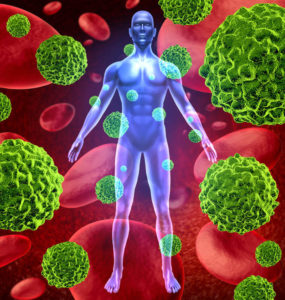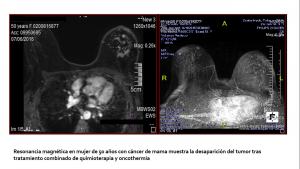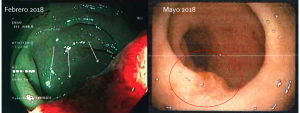Combined treatment of Oncothermia in Multimodal Immunotherapy.
Ovarian cancer is usually a serious disease with a poor prognosis, mainly due to the spread of the disease before diagnosis. Surgery, chemotherapy and antiangiogenesis are essential for first-line treatment. At the time of relapse or metastasis, only palliative treatments can be performed.
However, Active Specific Immunotherapy has proven capable of prolonging overall survival with a good quality of life.
In the following article, different experiences obtained with ovarian cancer patients treated with Multimodal Immunotherapy have been compiled. That is, injections with the Newcastle Disease Virus (NDV), modulated electrohyperthermia (mEHT / Oncothermia), IO-VAC® and immunomodulatory strategies such as: ATRA, low dose cyclophosphamide or checkpoint blockers.
The treatment was performed on an outpatient basis, with very positive results.
If you wish, you can find more information about ovarian cancer treated with Oncotermia on our website you can check this link.






